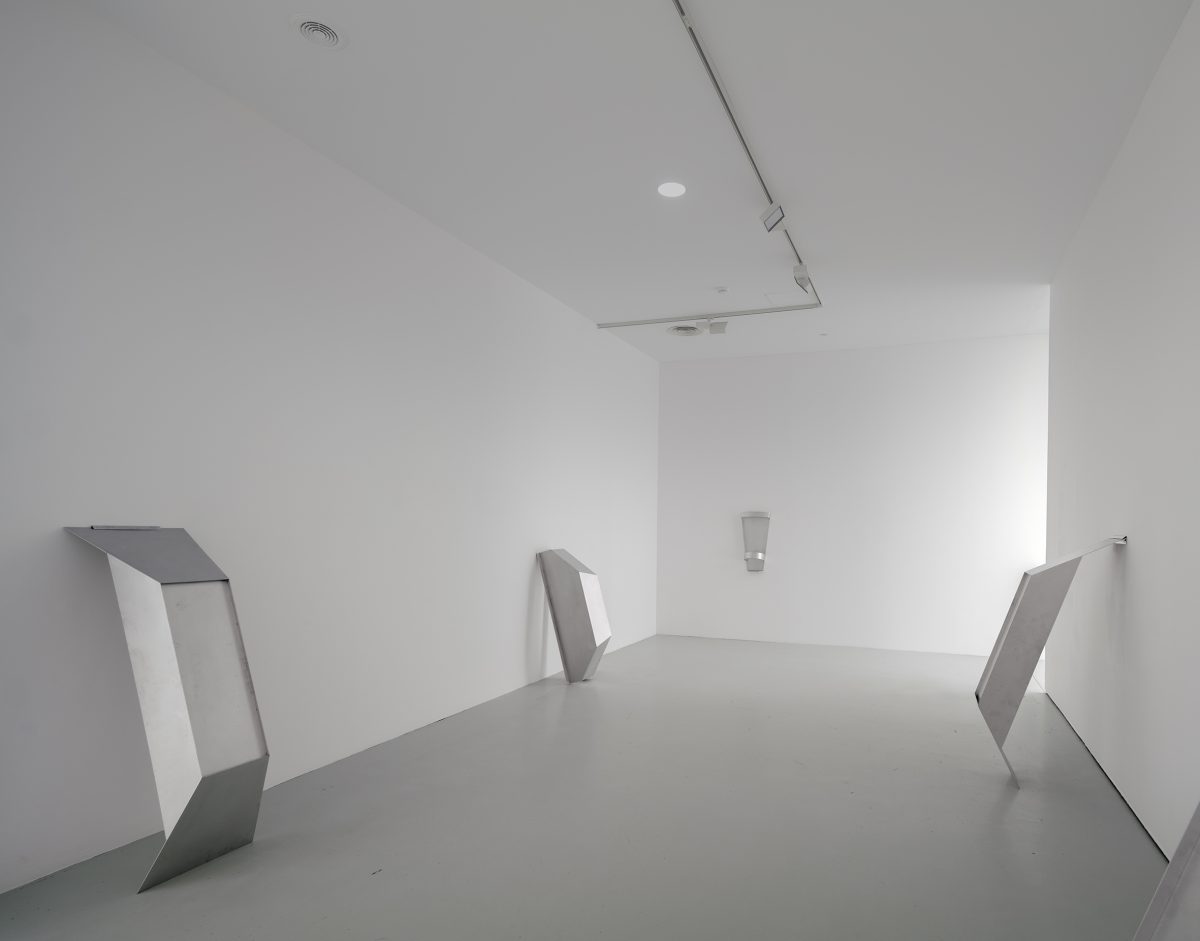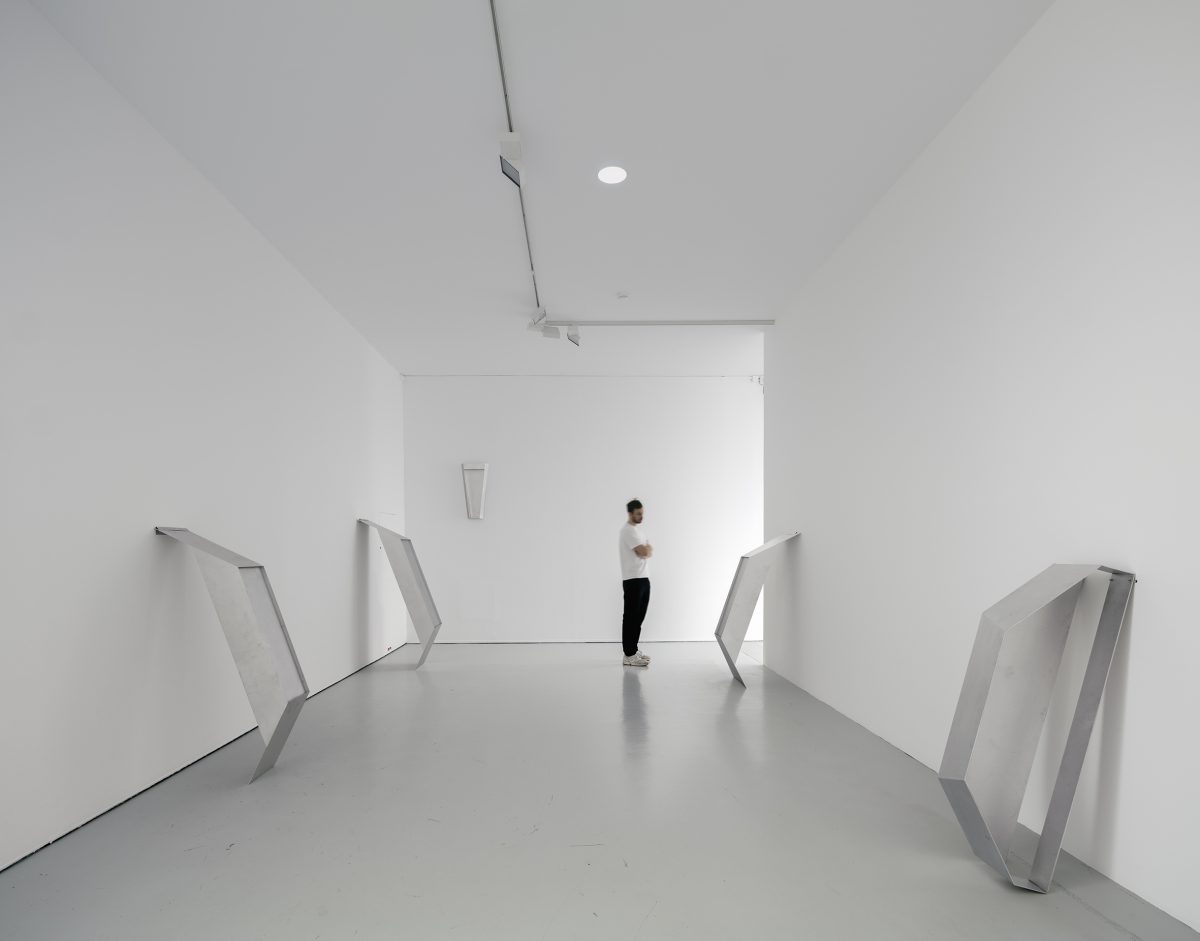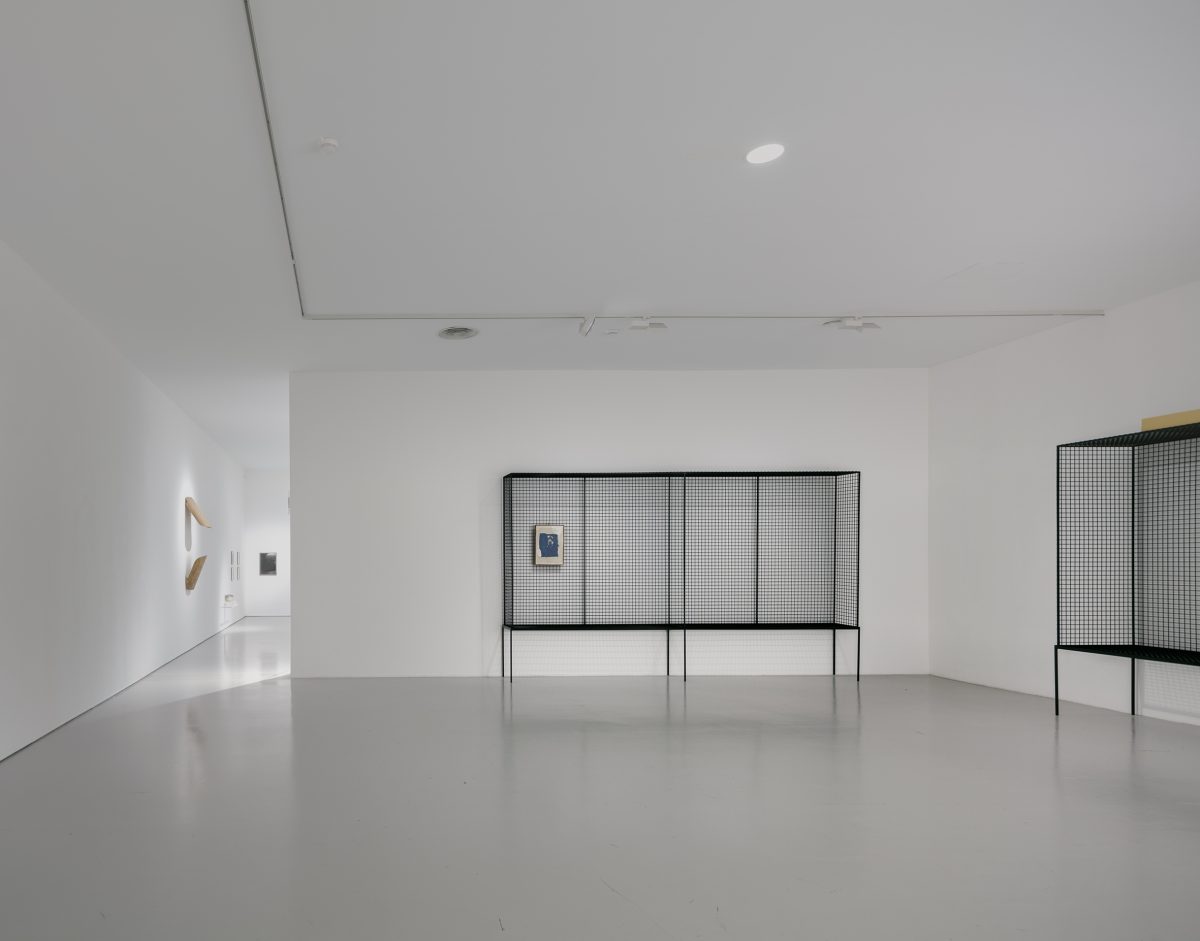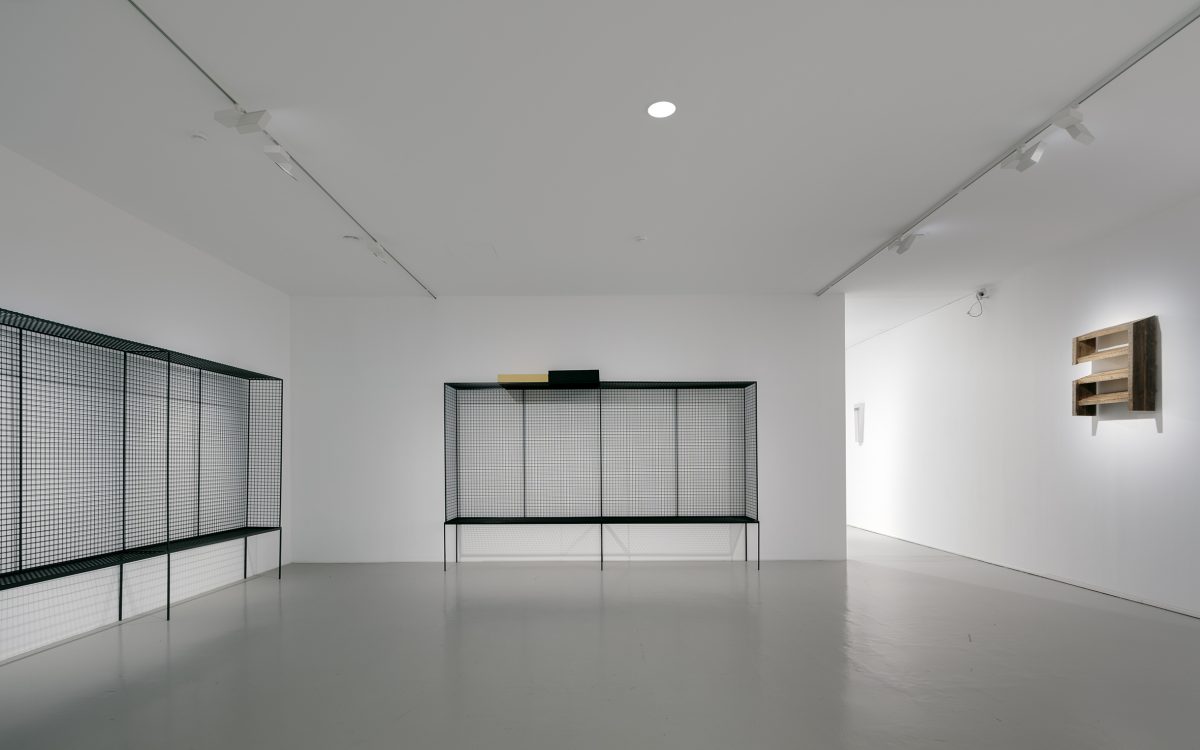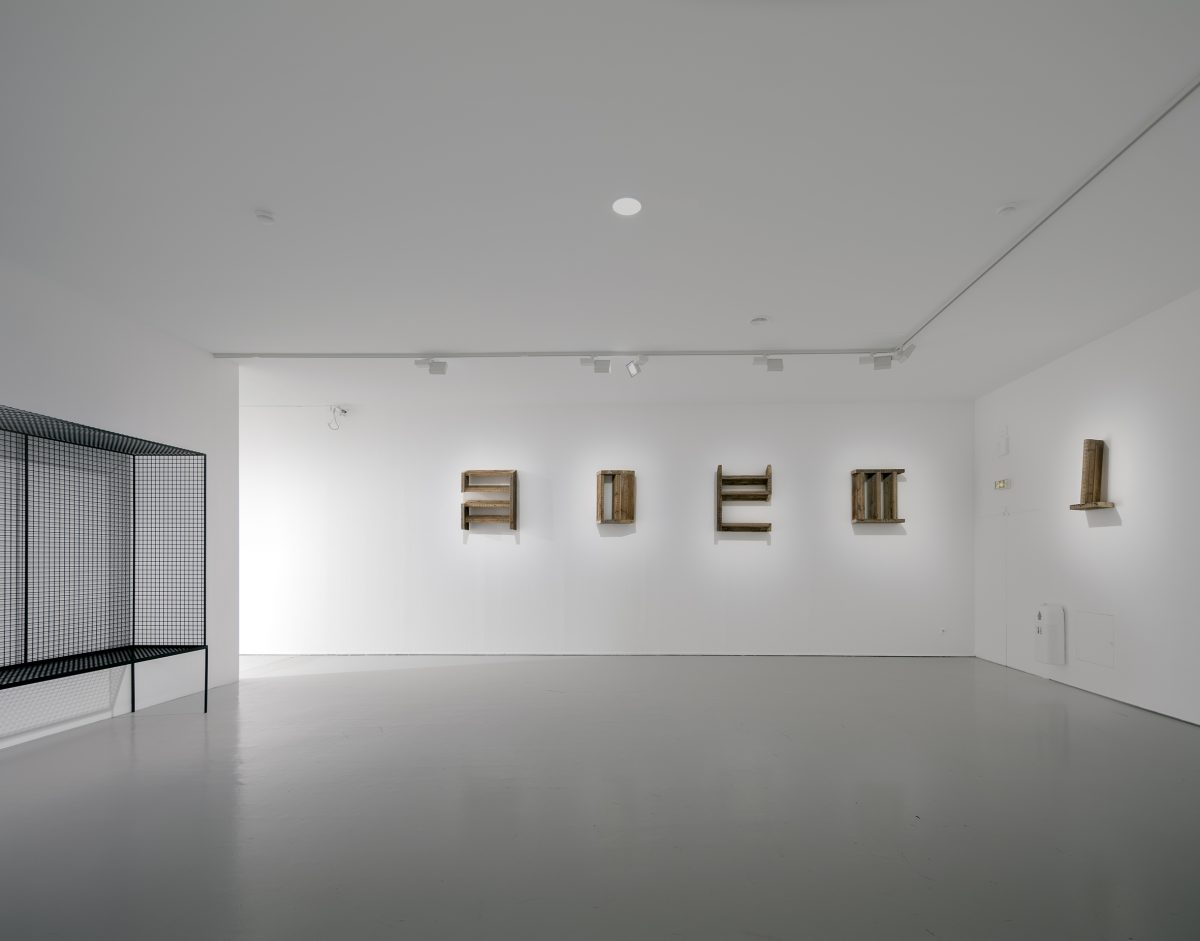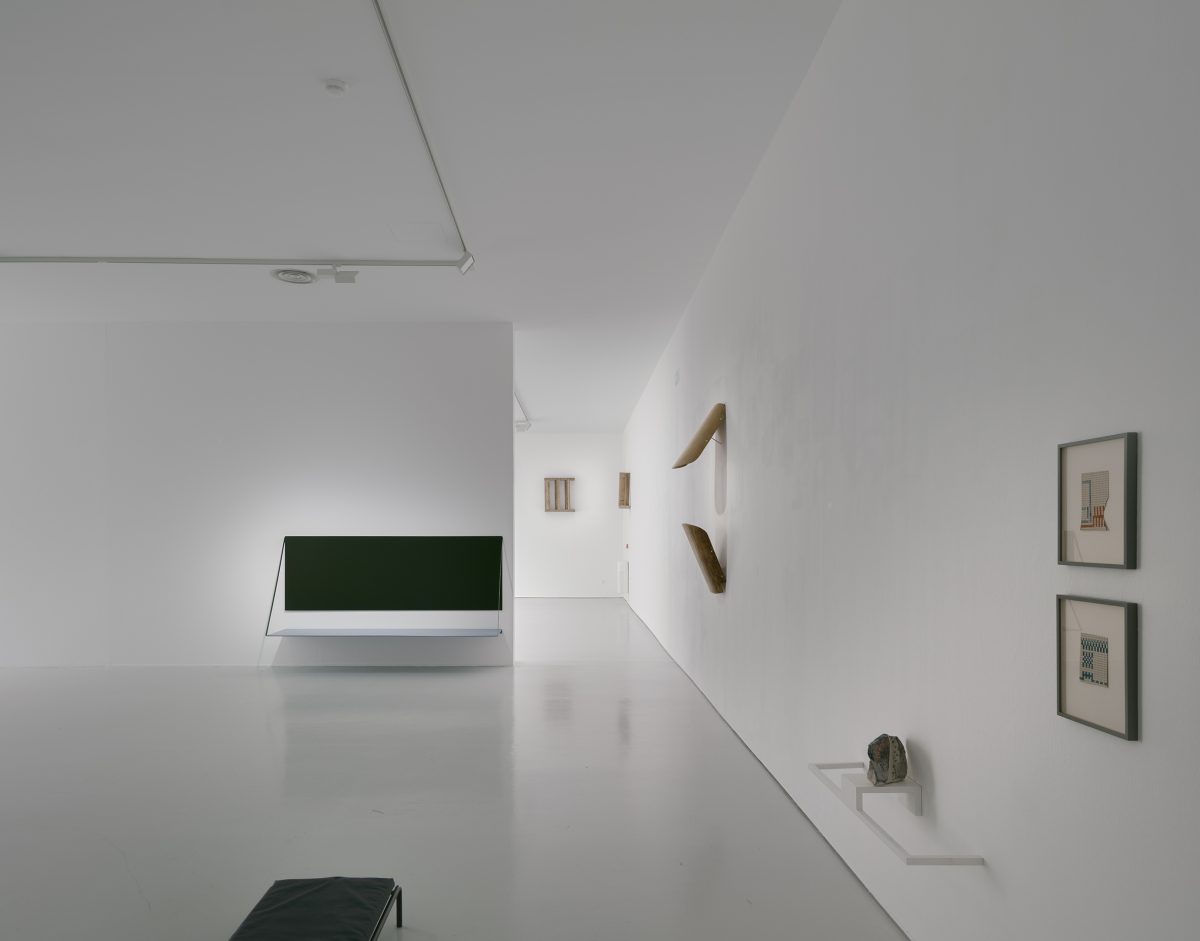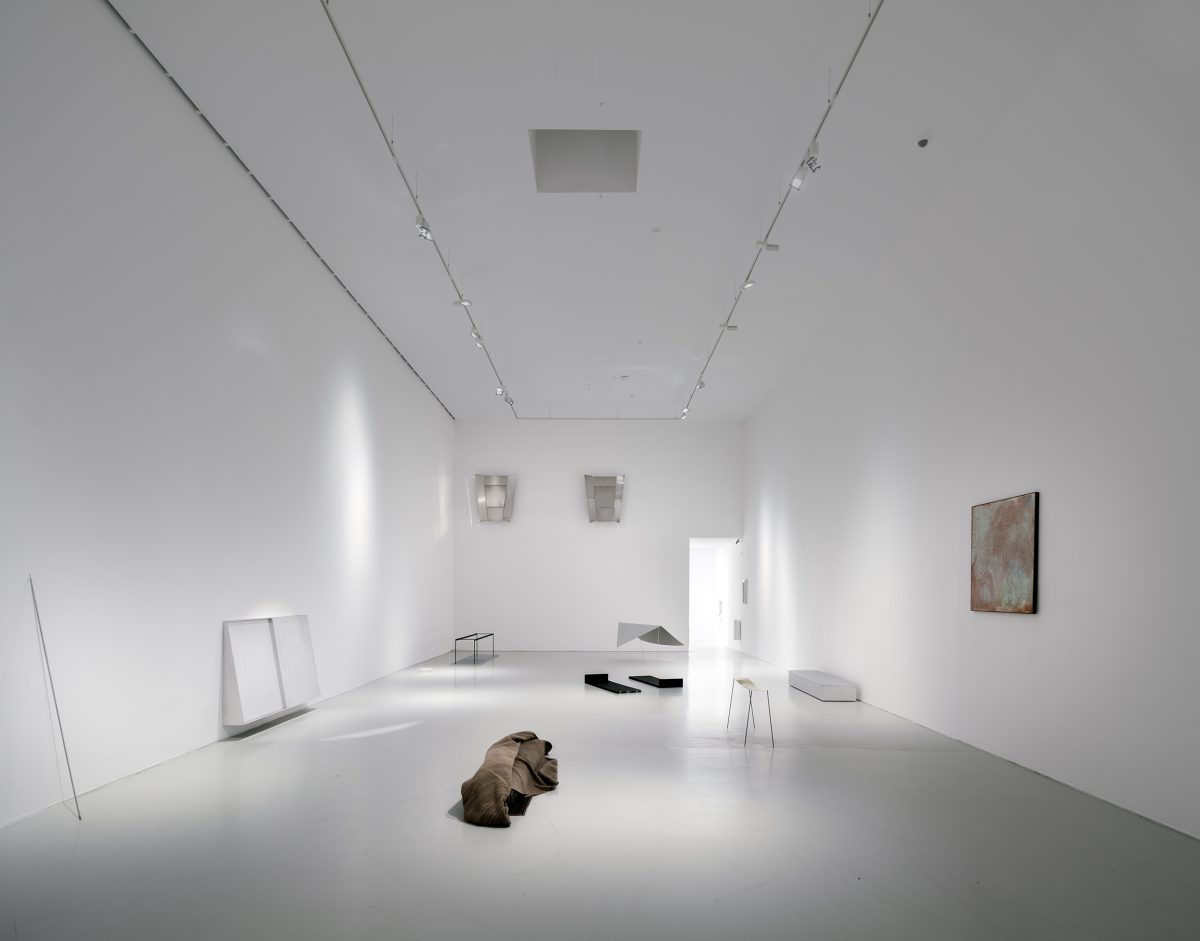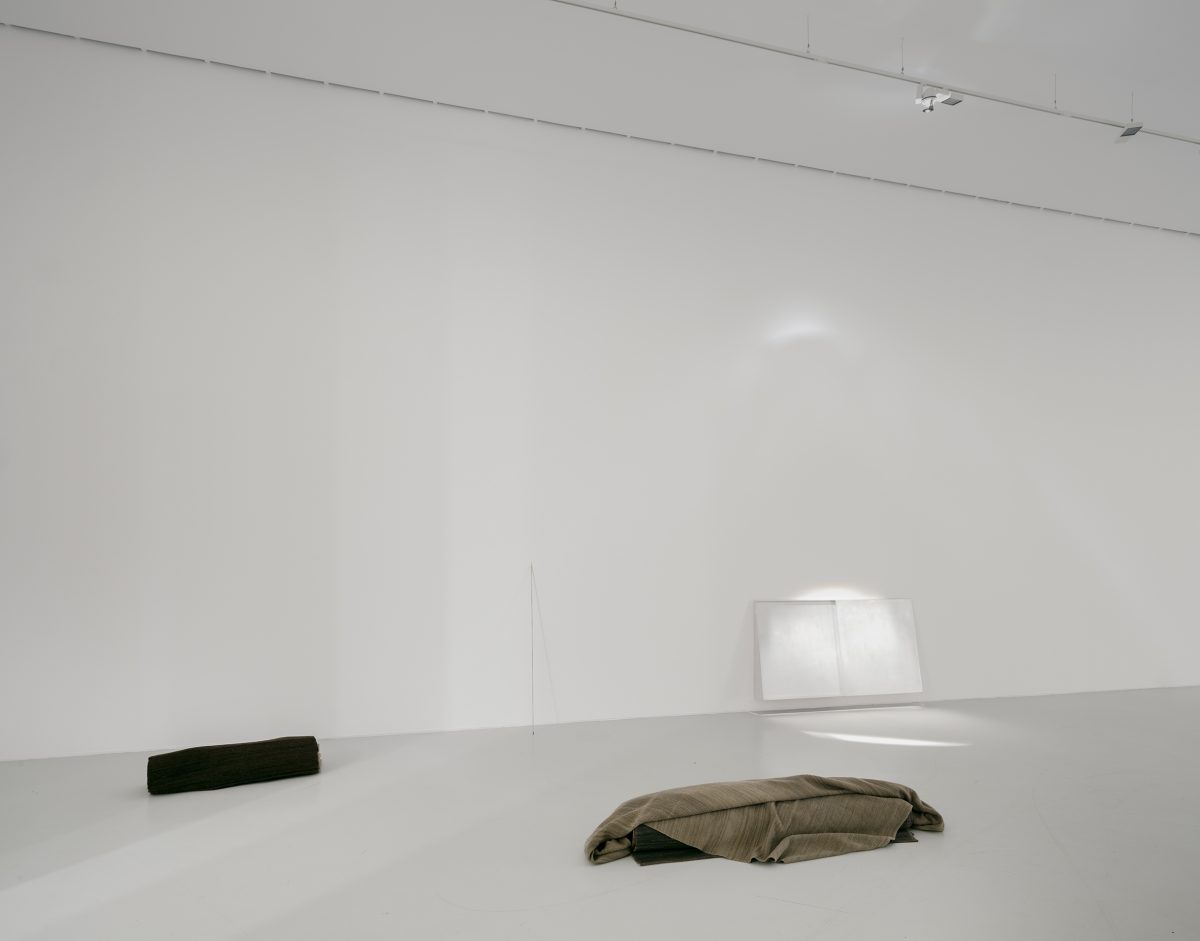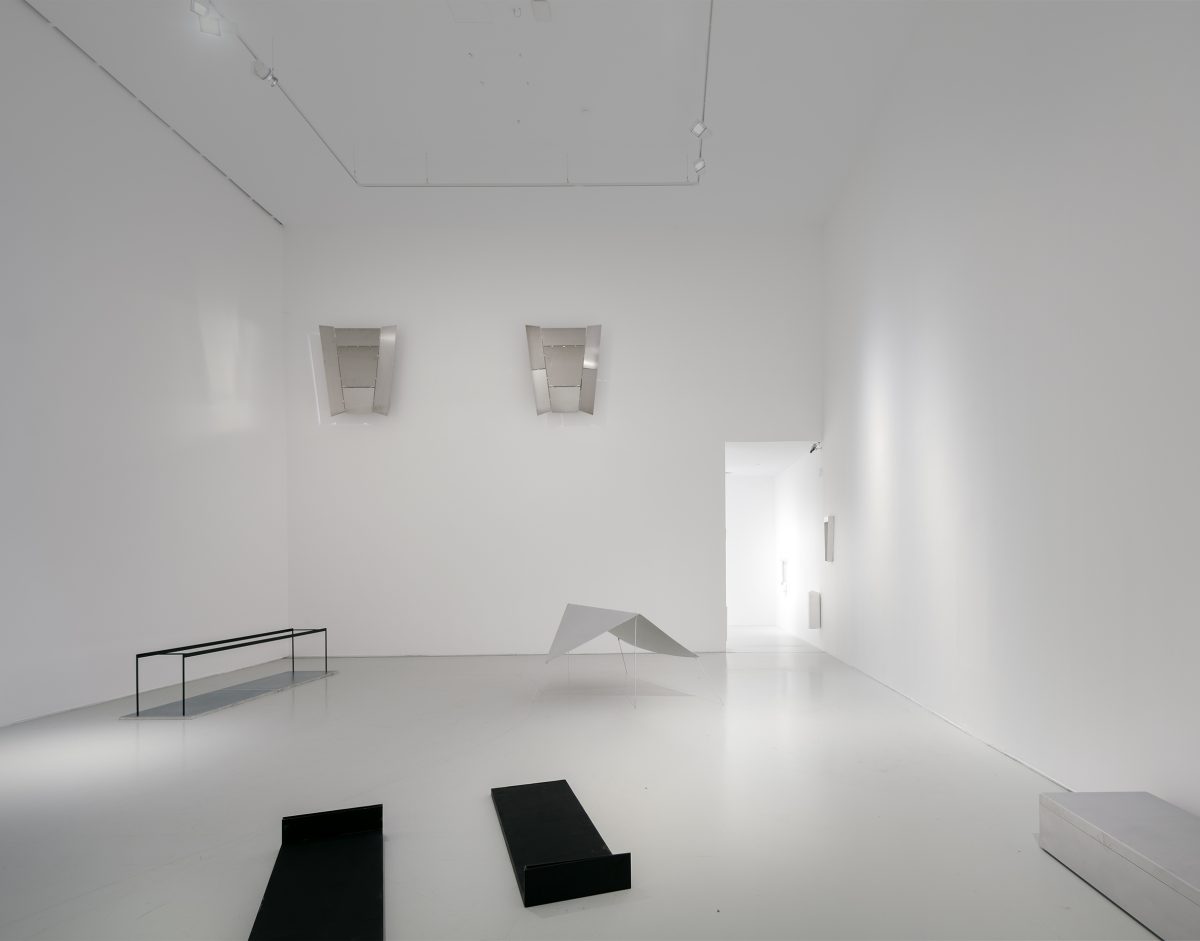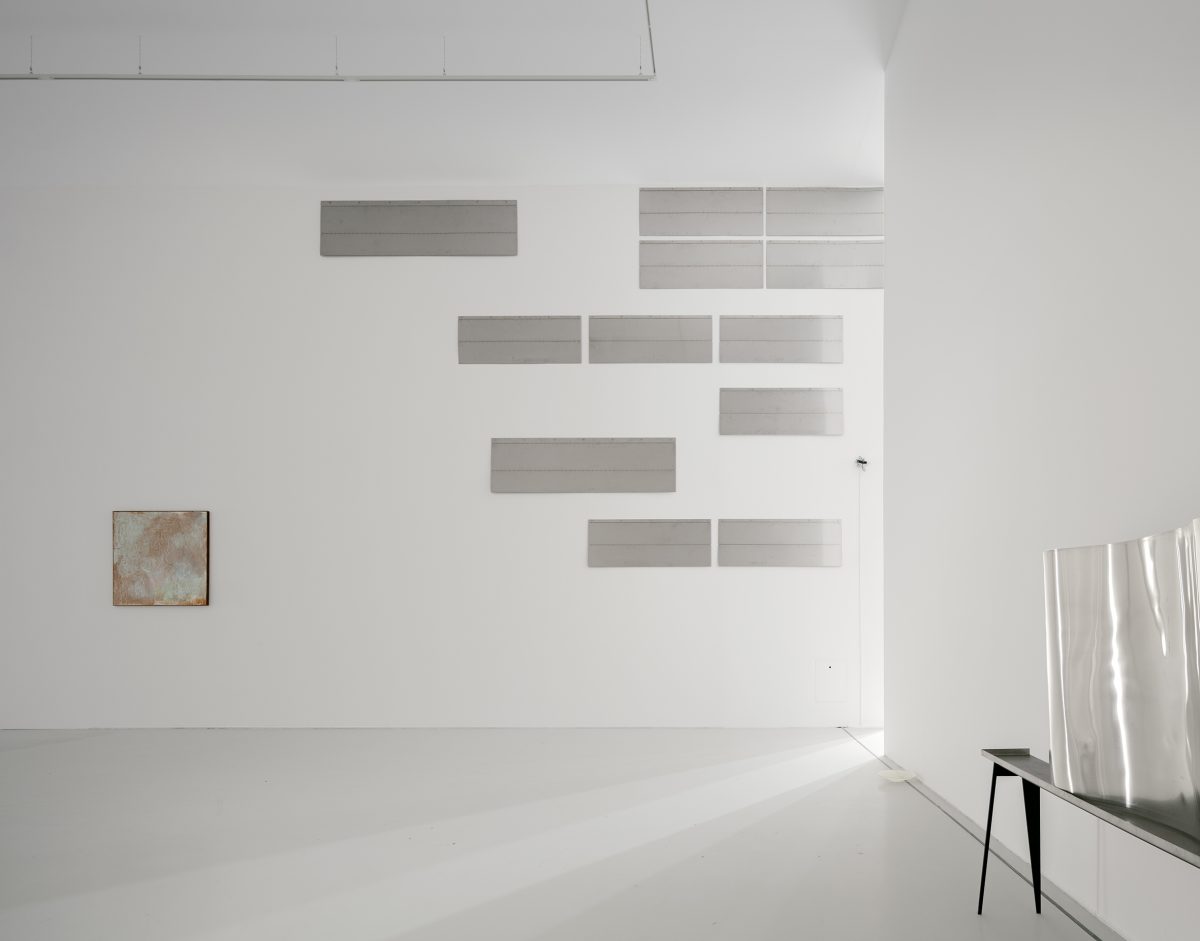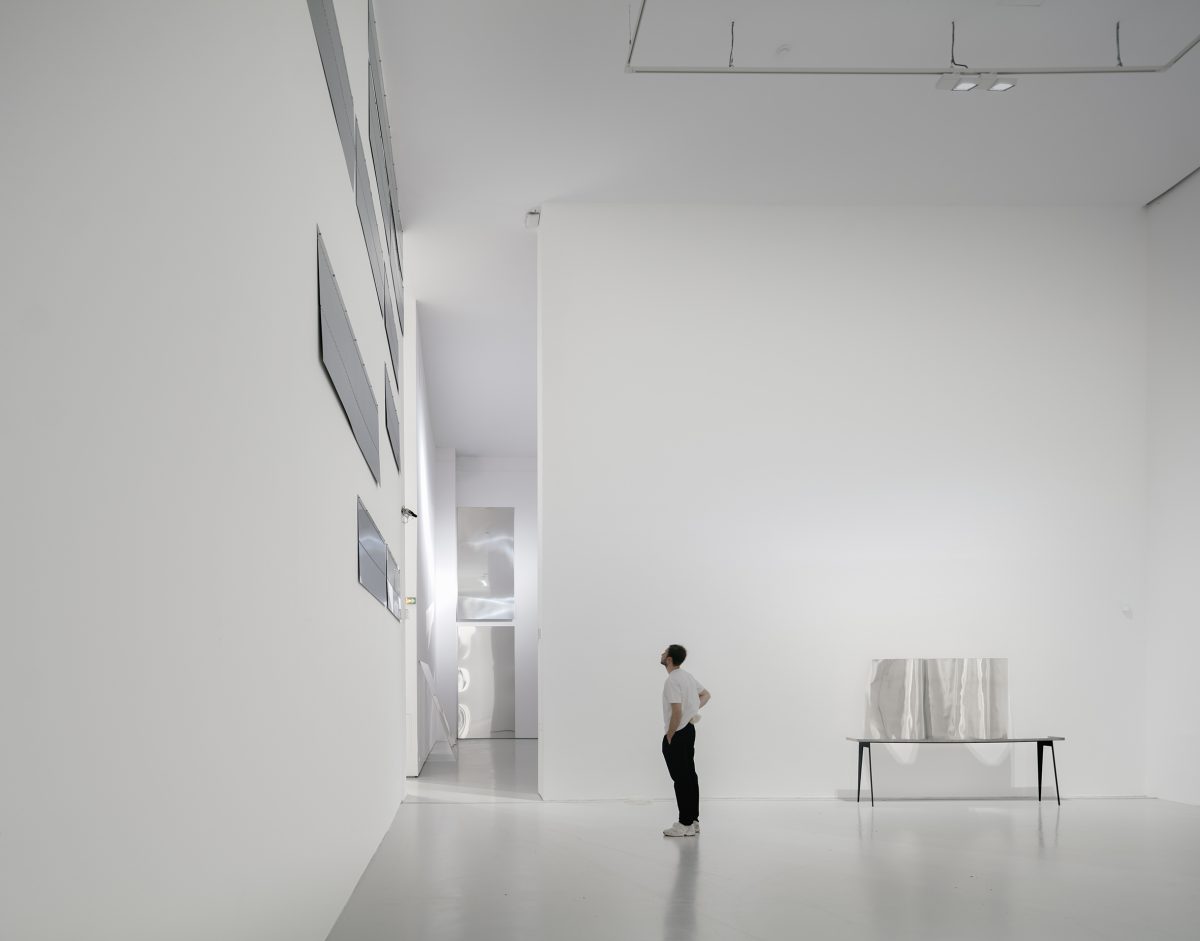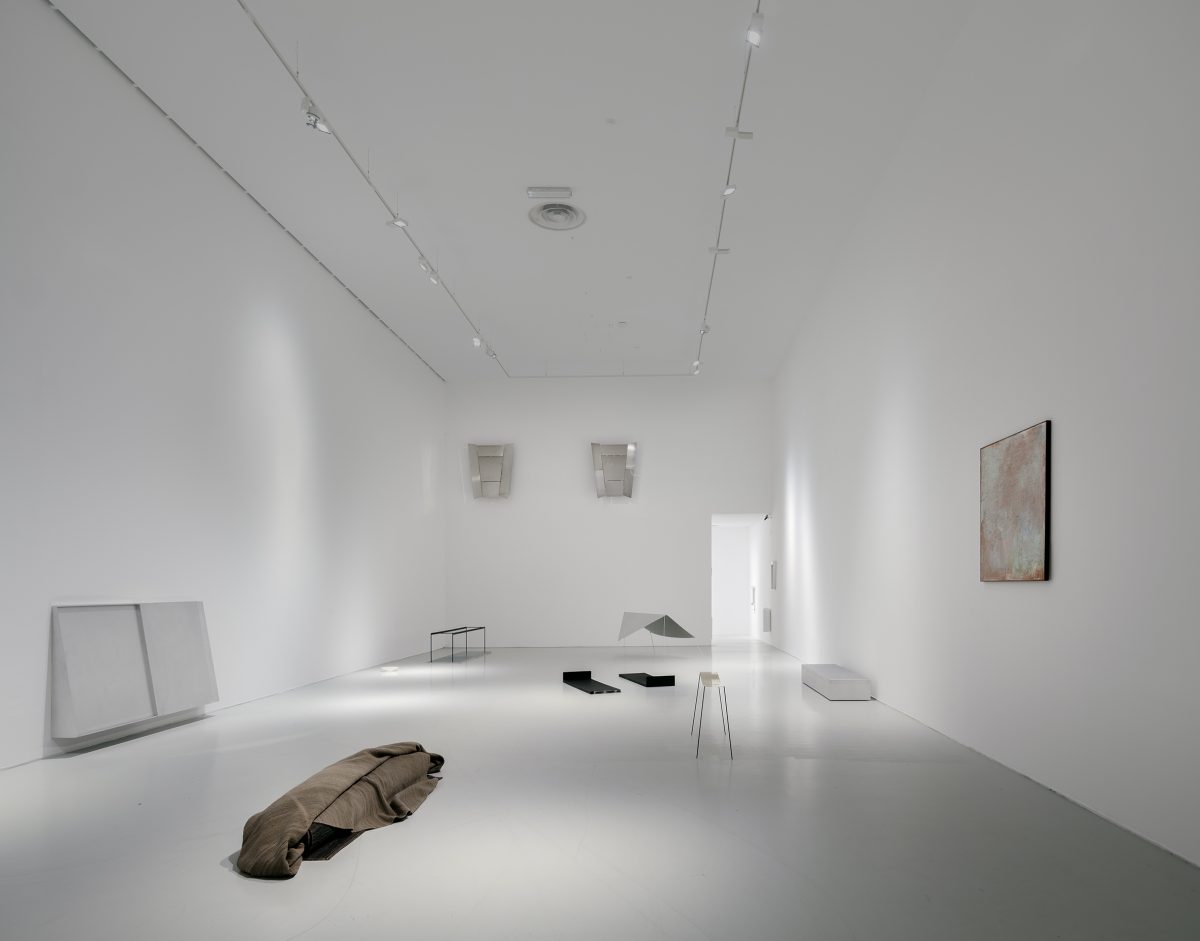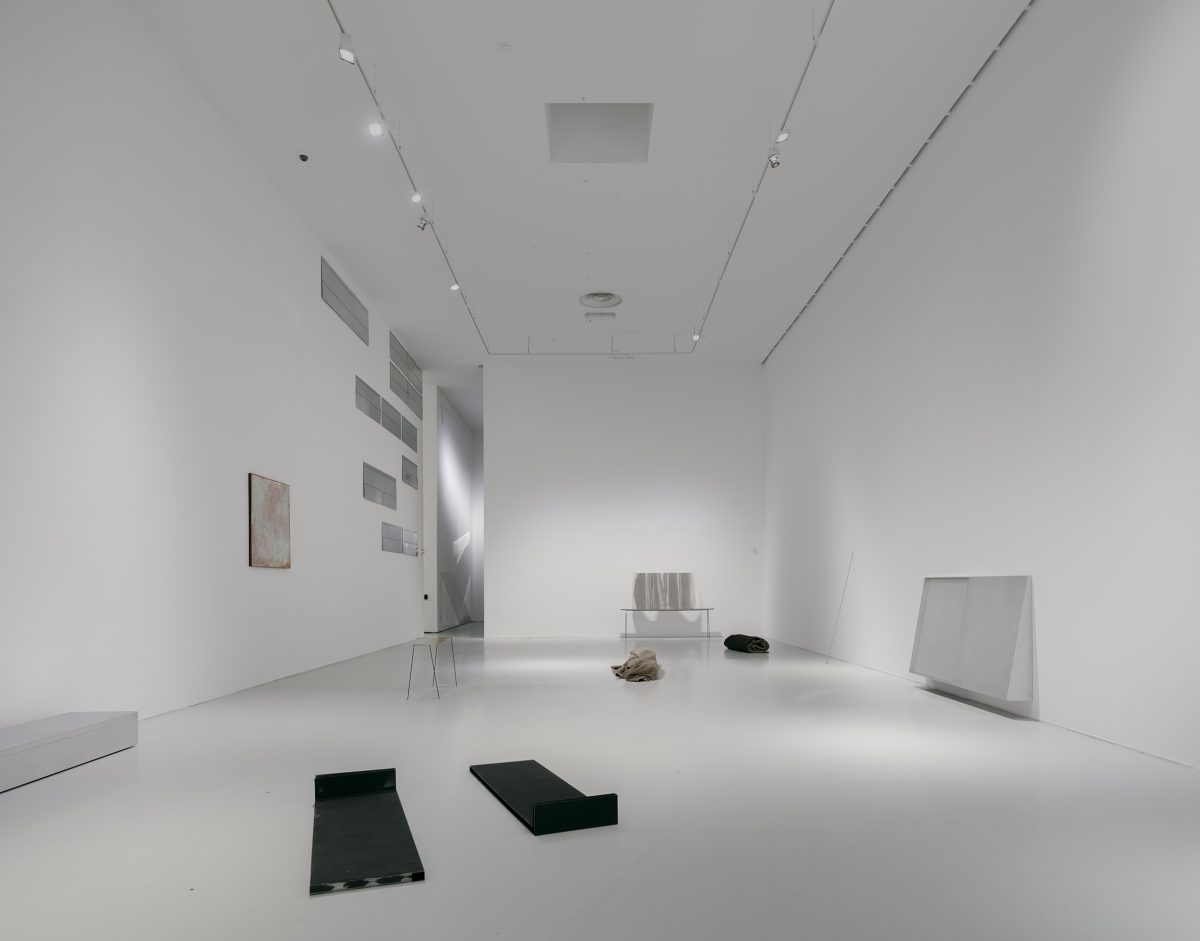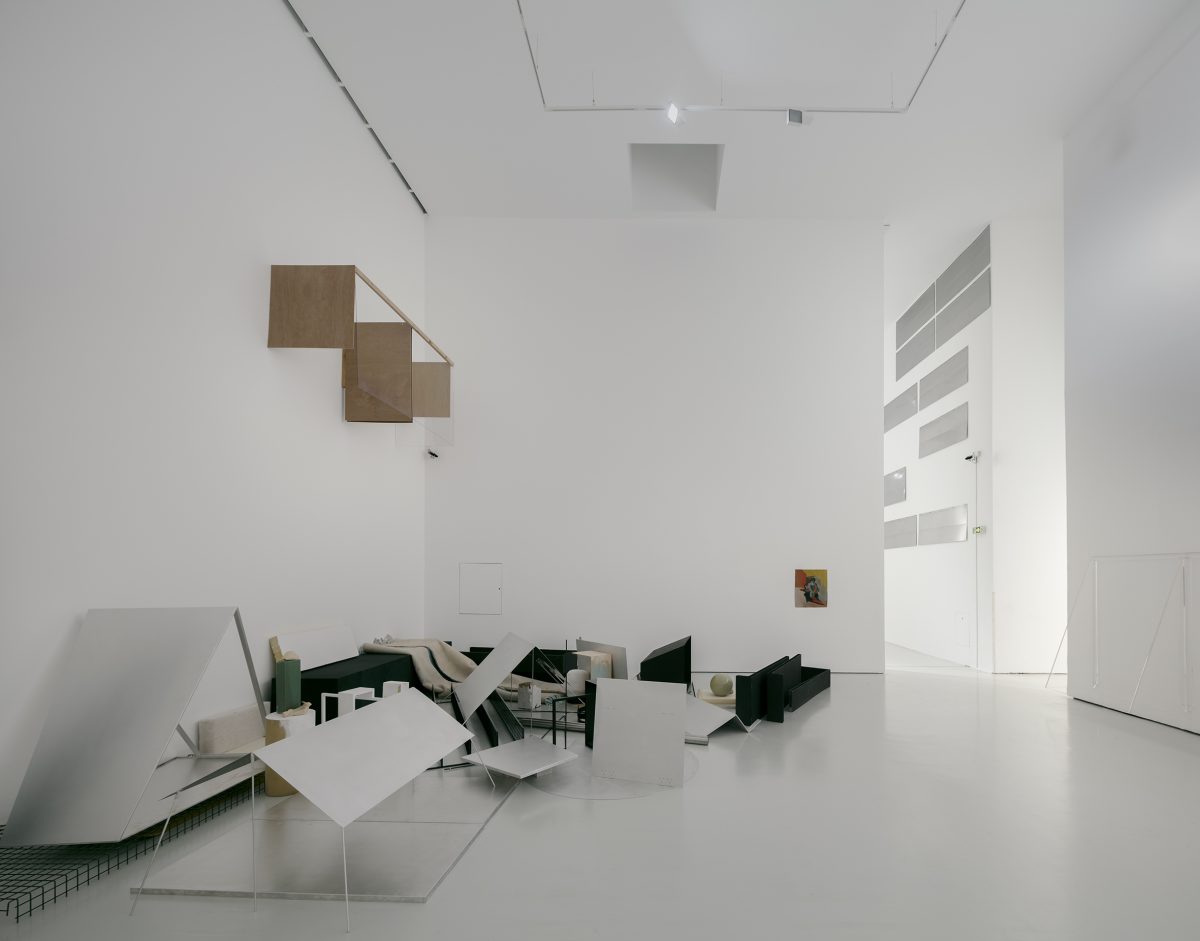
- This event has passed.
For her first personal exhibition in France, Thea Djordjadze gathers more than sixty works created since 1993 with which she delivers an intuitive experience within the Museum building.
Artist Thea Djordjadze’s work has spanned for more than twenty years through sculptures and their installation, in a perceptible relationship to space and the architecture of the place hosting them. Made of plaster, foam, textile, wood, or glass, found, modified, augmented objects stand alongside pieces that resemble display systems and architectural elements — railings, vitrines, shelves — that lost their functionality.Other sculptures are made from steel or aluminum, hinting at a fragment of a modernist building or rendering shapes reminiscent of the Georgian alphabet into three-dimensional space. Harmoniously arranged here and there, the artworks constitute a long poem where materials communicate in layers, peer into a past and appear in a new light in this exhibition space.
To this Georgian artist working in Berlin since 2009, each exhibition stands as a reconfiguration, reinterpretation or rearrangement of new and older works in response to a given space. Her installations place within a new context objects, buildings, furniture, techniques and traditional crafts bearing with them the historical remnants of territories, languages and traditions of a broadened notion of Europe.
In the early 2000s, Thea Djordjadze decided that painting, directing the viewer’s eye toward a single spot, was not enough to embrace the world. Installation therefore allows her to offer a freer experience, based on the immediate perception of resonances between the staged objects, the volume of space, light, the views from a room to another, the dialogues between the materials and the architecture of the place. All in all, the viewer is in the artwork.
In Saint-Étienne, notwithstanding the supposedly neutral and affectless “white cube” aspect of the MAMC+ space given to her — with its five rooms, its 650 m², and its heights of more than 8 meters — a sense of fragility is conveyed. The sixty or so artworks, produced between 1993 and 2021, meet a form of “urgency” that guides her choice to display a rolled-up carpet, a large metal screen or polished aluminium mirrored walls. Conceiving the exhibition entirely on site,in a kind of bow to impermanence, to Thea Djordjadze the act of installation is about activating the physicality of materials, awakening a memory of the objects through subtle gestures, and generating an energy unique to the site in Saint-Etienne.

